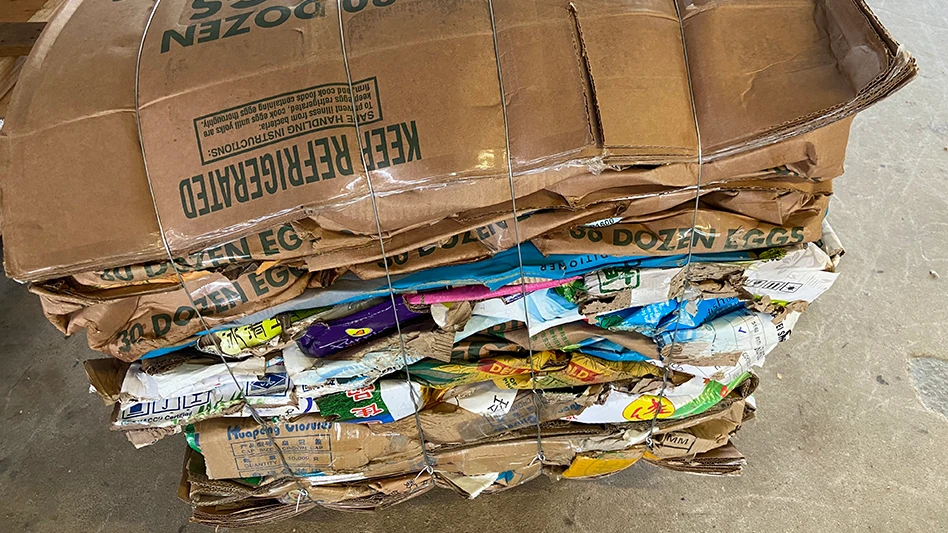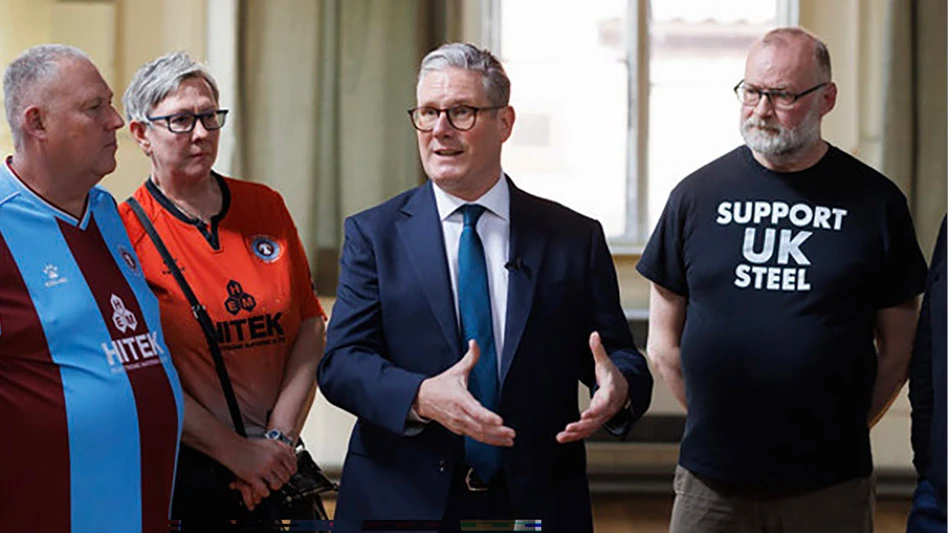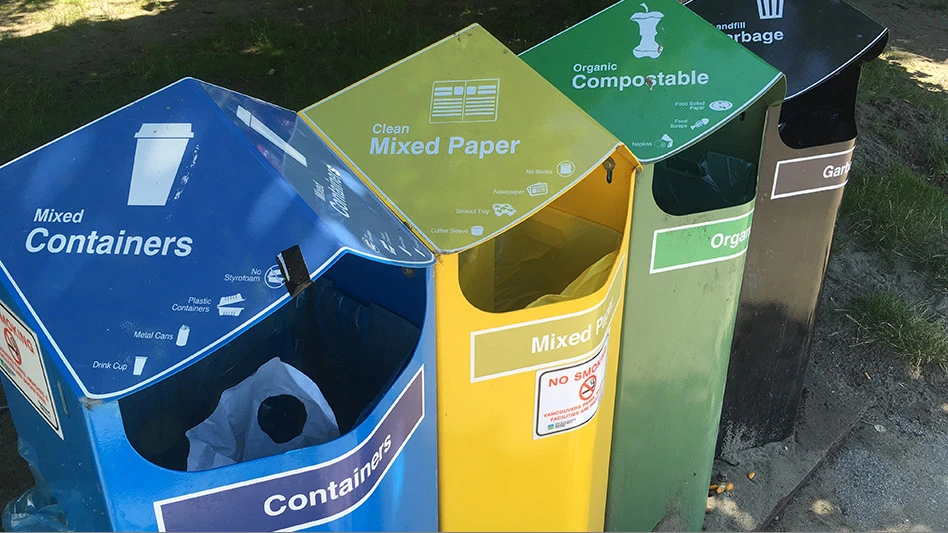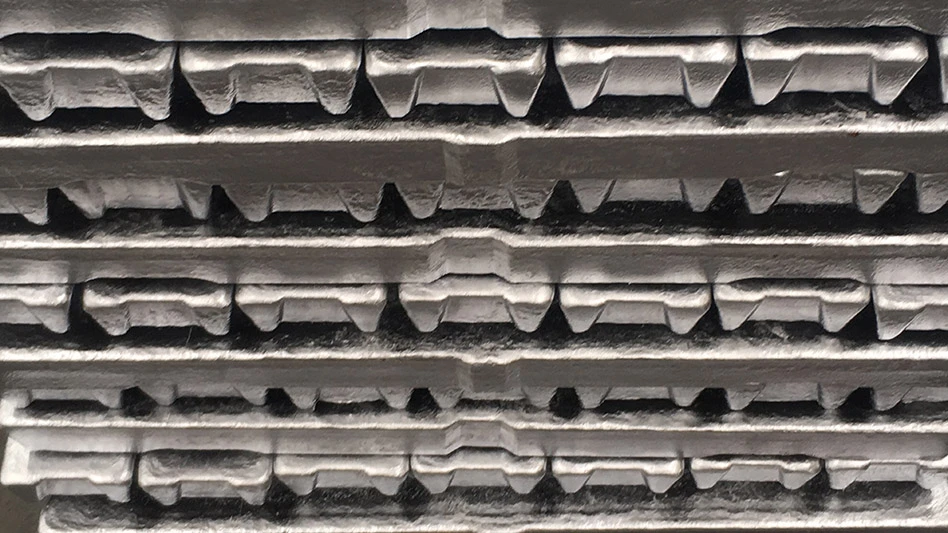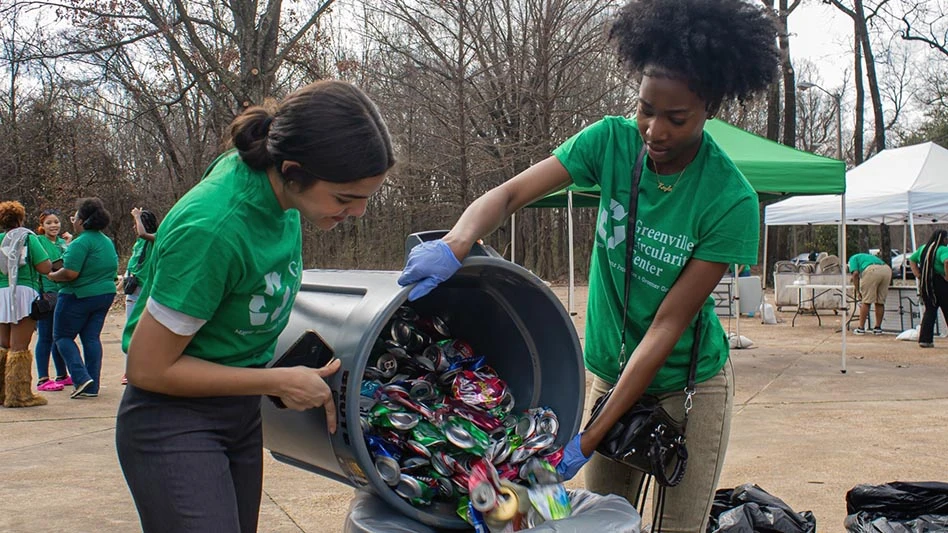The supply of postconsumer recycled resins (PCR) typically used in packaging is insufficient to meet projected 2025 demand, which is being driven by legislative mandates and voluntary brand commitments, according to the analysis provided by representatives from Independent Commodity Intelligence Services (ICIS), with U.S. offices in Houston. Paula Leardini, senior analyst for plastics recycling at ICIS, and Emily Friedman, the company’s recycled plastic senior market editor, spoke during the Plastics Recycling Conference, hosted by Resource Recycling and the Association of Plastic Recyclers from March 7-9 outside of Washington.
Leardini said 48 million metric tons of mechanical recycling capacity were available globally in 2021 across more than 2,500 locations.
Recycled polyethylene terephthalate (PET) and high-density polyethylene (HDPE) have approximately 40 percent of the global market, with the bulk of production occurring in the Asia-Pacific region, followed by Europe and North America.
Food-grade PCR totals only 10 percent of global recycling capacity, with North America leading in this area. Roughly 20 percent of the region’s PCR output is food-grade material, Leardini said.
“But what’s really tying this up, and I think we all agree, is the supply side of things.” – Emily Friedman, recycled plastic senior market editor, ICIS
The U.S. had the capacity to produce 6.6 million metric tons of recycled PET, HDPE and polypropylene (PP) in 2021 across roughly 270 mechanical recycling plants, she added, for an estimated 12 percent share of the overall U.S. polymer market.
“The recycled plastics industry, at least in the U.S., was largely built off of using it as a cost-sensitive substitution,” Friedman said. “It was the cheaper material compared to virgin.”
While many grades still follow this model, she said, PCR demand for the resins used to produce consumer packaging are being influenced by brand commitments tied to the Ellen MacArthur Foundation’s New Plastics Economy.
She said “exponential growth” in PCR supply will be needed to meet these brand commitments.

To achieve 15 percent PCR in packaging by 2025, Friedman said 145 reprocessing facilities will need to be added in the next three years. Output will have to double by 2025 and again by 2030.
“But what’s really tying this up, and I think we all agree, is the supply side of things.” PET and HDPE bottles will need to achieve a collection rate of more than 75 percent to reach 50 percent recycled content by 2030. However, collection rates have hovered around 30 percent, Friedman added.
Under the high-demand, low-supply conditions of the last year, she said PET, HDPE and PP prices saw record highs, leading to false claims of PCR use, decreases in bale quality and backsliding with virgin substitution.
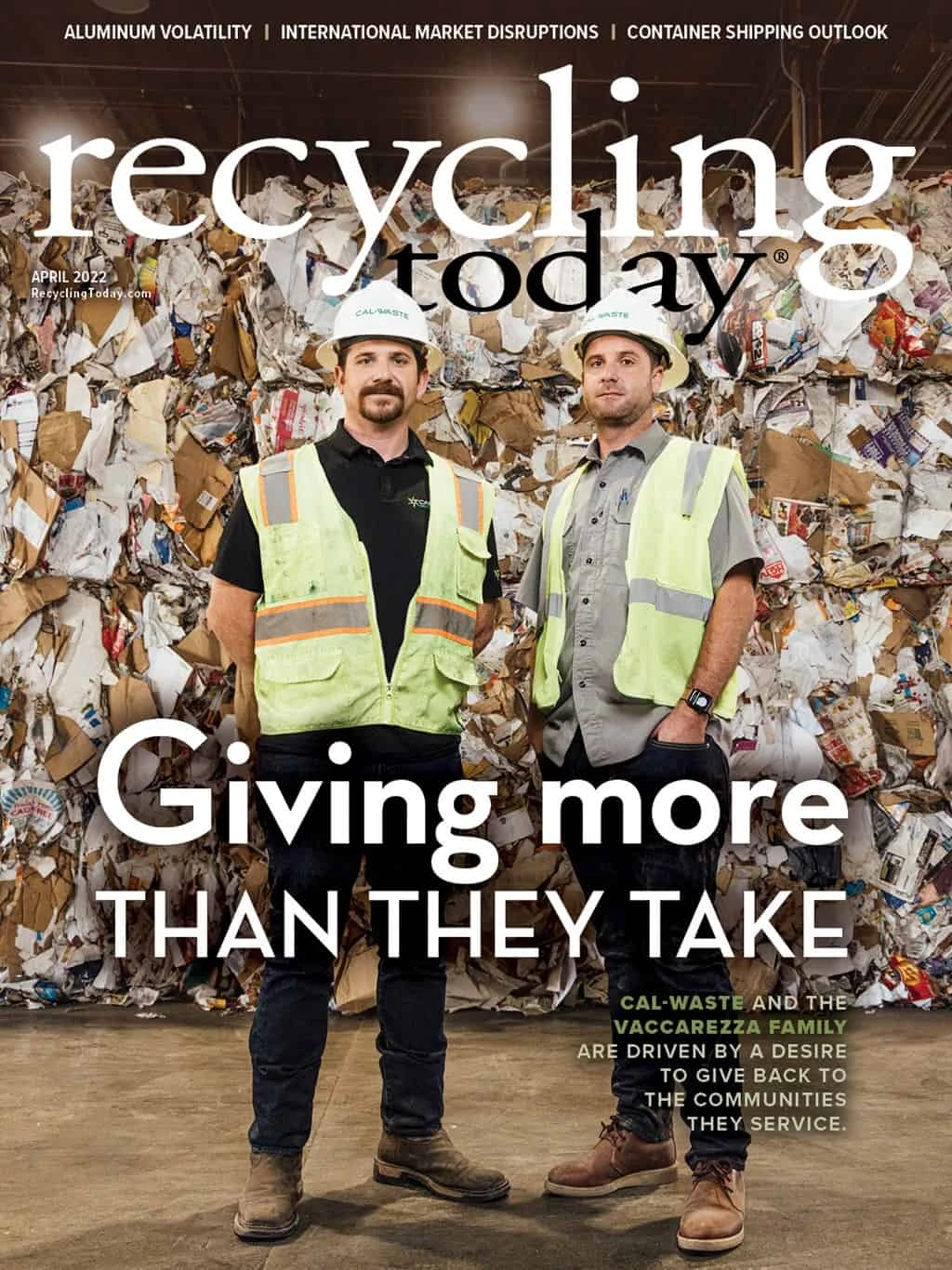
Explore the April 2022 Issue
Check out more from this issue and find your next story to read.
Latest from Recycling Today
- Steel Dynamics nets $217 million on record shipments
- Massive Chinese steelmaking rebound recorded in March
- LME looks into sustainable metal pricing
- OnePlanet Solar Recycling closes $7M seed financing round
- AMCS launches AMCS Platform Spring 2025 update
- Cyclic Materials to build rare earth recycling facility in Mesa, Arizona
- Ecobat’s Seculene product earns recognition for flame-retardant properties
- IWS’ newest MRF is part of its broader strategy to modernize waste management infrastructure
